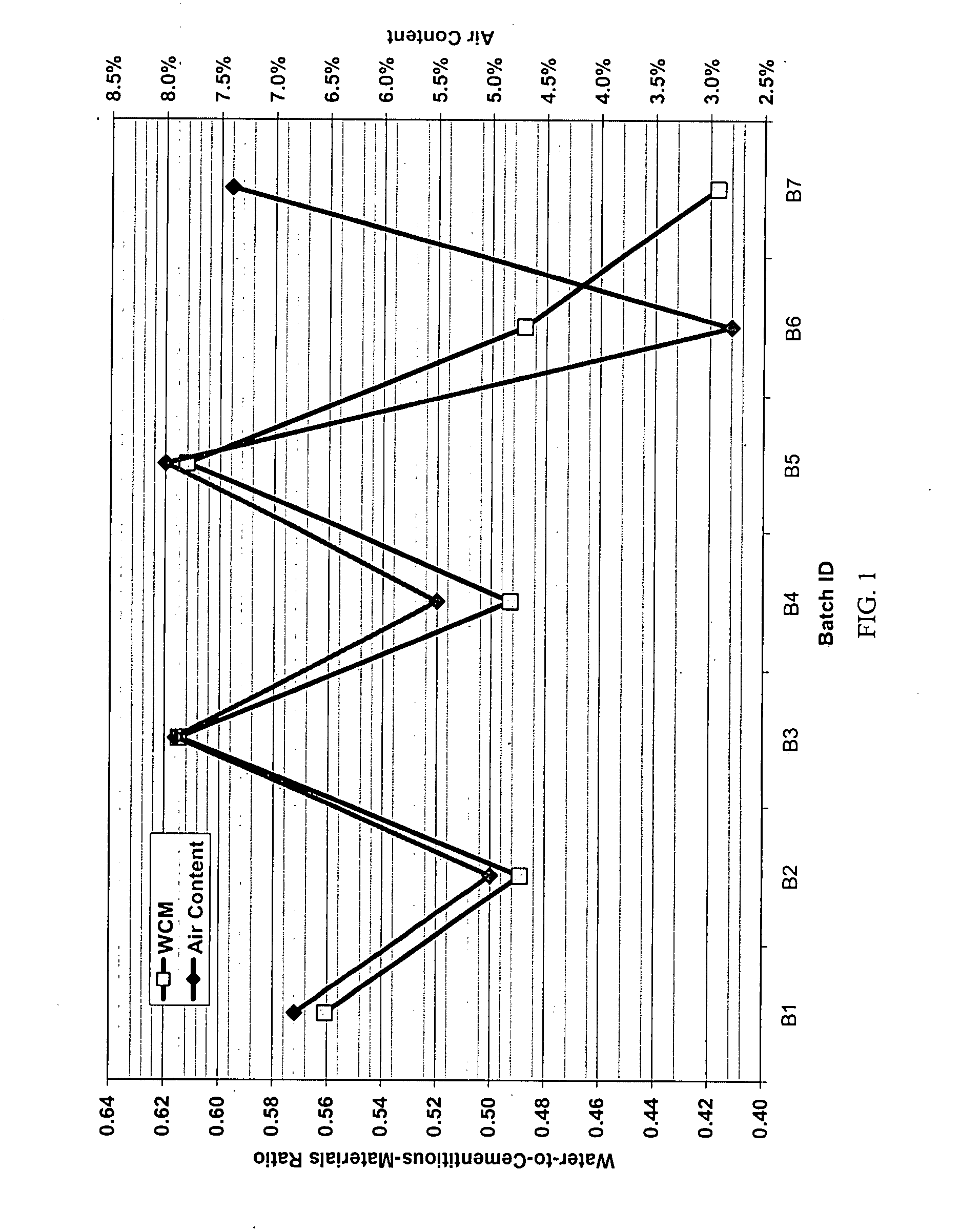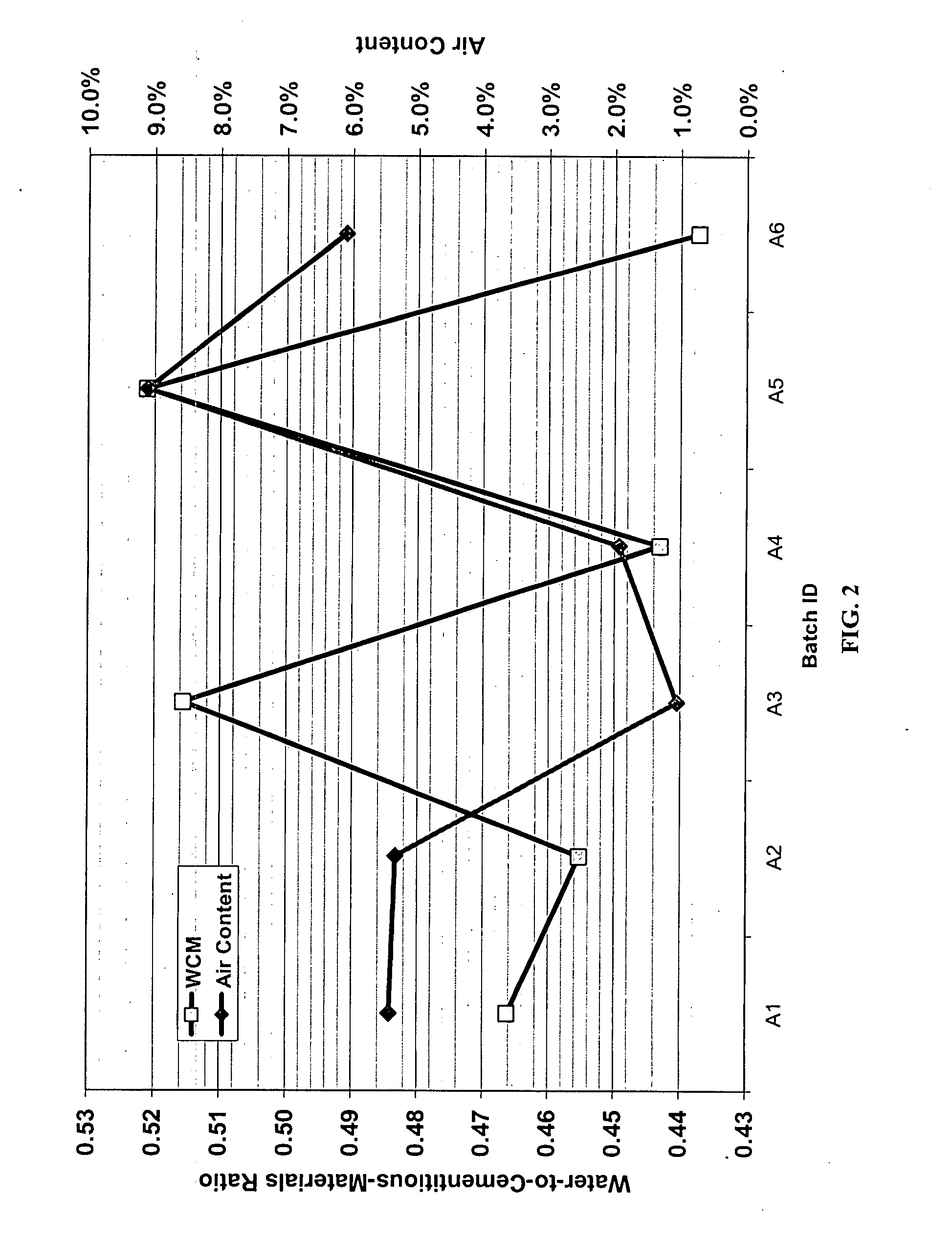Method and system for concrete quality control based on the concrete's maturity
a quality control and concrete technology, applied in the field of methods and systems for concrete quality control based on concrete's maturity, can solve the problems of lack of the desired level of precision often required for high cost of conventional methods for estimating compressive and/or flexural strength of concrete, and inability to meet the requirements of quality control and acceptance applications. , to achieve the effect of reducing costs, facilitating implementation, and reducing costs
- Summary
- Abstract
- Description
- Claims
- Application Information
AI Technical Summary
Benefits of technology
Problems solved by technology
Method used
Image
Examples
Embodiment Construction
[0070] Despite their tremendous benefits to the construction industry, conventional maturity methods as currently implemented face a significant limitation in that they rely upon a mix-specific (or, it can be argued, a batch-specific) calibration curve to establish a relationship between the time-temperature history of the concrete (i.e. its “maturity”) and the compressive and / or flexural strength of the concrete. The American Society for Testing and Materials (ASTM) developed a standard calibration procedure (ASTM C 1074) for predicting the compressive strength of concrete using cylinder specimens and maturity readings. Each calibration curve is specific to a given mix design (i.e. the specific proportions and sources of the raw materials such as portland cement, fly ash, coarse aggregate, fine aggregate, etc.). Each calibration curve is technically only applicable when certain other batch-specific characteristics of the mix are held constant, such as water-to-cementitious-material...
PUM
| Property | Measurement | Unit |
|---|---|---|
| humidity | aaaaa | aaaaa |
| temperature | aaaaa | aaaaa |
| temperature | aaaaa | aaaaa |
Abstract
Description
Claims
Application Information
 Login to View More
Login to View More - R&D
- Intellectual Property
- Life Sciences
- Materials
- Tech Scout
- Unparalleled Data Quality
- Higher Quality Content
- 60% Fewer Hallucinations
Browse by: Latest US Patents, China's latest patents, Technical Efficacy Thesaurus, Application Domain, Technology Topic, Popular Technical Reports.
© 2025 PatSnap. All rights reserved.Legal|Privacy policy|Modern Slavery Act Transparency Statement|Sitemap|About US| Contact US: help@patsnap.com



